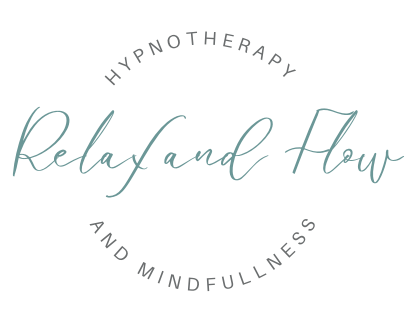Fight, Flight, Freeze, Submit
It is probably easy to recognise the ‘fight, flight, freeze, submit’ response in our lives, thinking back over time, but when this subconscious process is at work in our lives, responding to a perceived threat, it is most usual to be carried along with it unaware of any other possible responses.
If the threat always was existential and if the outcome of ‘fight, flight, freeze, submit’ was always beneficial this would not be a problem, but, as I will outline below, this is often not the case.
Our subconscious minds store the feelings associated with times of threat in our lives, especially during childhood, and when situations arise which provoke similar felt responses, the ‘fight, flight, freeze, submit’ mechanism is triggered.
I will now look at each of these four possible responses to perceived threat in turn:
Fight – If I feel threatened by a situation which seems imposed on me, my reaction may be to try and change that situation, maybe by trying to change the beliefs and ideas of the people who are trying to impose this situation on me. Unfortunately, it is often the case that it is very hard to change the minds of others, especially in stressful situations. If my wellbeing seems dependent on changing the beliefs and ideas of others I may become more and more anxious, always on the look-out for threats which I may need to challenge and neutralise.
Flight – Alternatively, recognising that I probably can’t change others’ minds, I may opt to get out of the situation. Of course, sometimes this is exactly the right thing to do, but if it becomes a habitual response to perceived danger I may become sensitised to the feeling of being threatened and may avoid more and more situations which I think may be threatening.
Freeze – I could freeze as an alternative, play dead, become like an inanimate object – say, a pebble – and hope that whoever is threatening me doesn’t notice me and instead focuses their malevolent attentions elsewhere. If this response becomes habitual and my sense of threat is over-sensitised then this response can lead to me acting against my own best interests as I develop the habit of never challenging anything and painting myself ever further into a corner with less and less situations I can comfortably enter as they have all been taken over, unchallenged, by those with ideas which go against my beliefs and ethics.
Submit – Submitting is similar to freezing but gives the aggressor even more of my space, leaving even less space for myself. This is because I am not only not challenging the threatening situation but I am actually assenting to it, against my own best interests. I may feel even worse about the situation once the immediate threat has calmed down because I will also have gone against the best interests of people I care about.
If only it was easier to calm the mind and desensitise the subconscious mind to perceived threats so that the ‘fight, flight, freeze, submit’ response was only triggered when truly necessary to our immediate survival.
I do remember being in very stressful situations, in psychologically dysfunctional cultures, and seeing, after a while, that although most people were caught up in the dominant psycho-drama of the situation, there were just a few individuals who seemed immune. They quietly continued with their lives amid the mayhem. Curiously, they were far less conspicuous than those who froze or submitted. They were able to continue with their projects without fighting, and they didn’t have to flee from the situation in order to do so. What was their secret?
We all have to find this secret for ourselves, although we can have help along the way. We can find ways to maintain our integrity despite the chaos around us; to avoid getting hooked into the psycho-dramas we find ourselves surrounded with. We can find ways of being which require neither changing the beliefs of others in order to feel safe and be able to continue our personal projects and ideas, nor submitting to the beliefs of others in order to feel safe and continue with our personal projects and ideas in much diminished space. We can find ways to own our personal space, even in a storm.
Key to this can be working with calmness and finding points of peace and love within the present moment and working on sustaining, maintaining and extending these points into something more ongoing and spacious.
Related posts
Ways of Finding Calm and Positivity When Feeling Pain or Anxiety?
To address the question of finding calm and positivity while experiencing pain and anxiety I am goin
How Can You Calm Your Nervous System?
It can feel hard to calm your nervous system. This is especially true at times in life when the nerv
Some Effects Of Stress And Trauma On The Subconscious Mind
Imagine a child sets off for their first day at school. Up till now, they have had a fairly loving a


